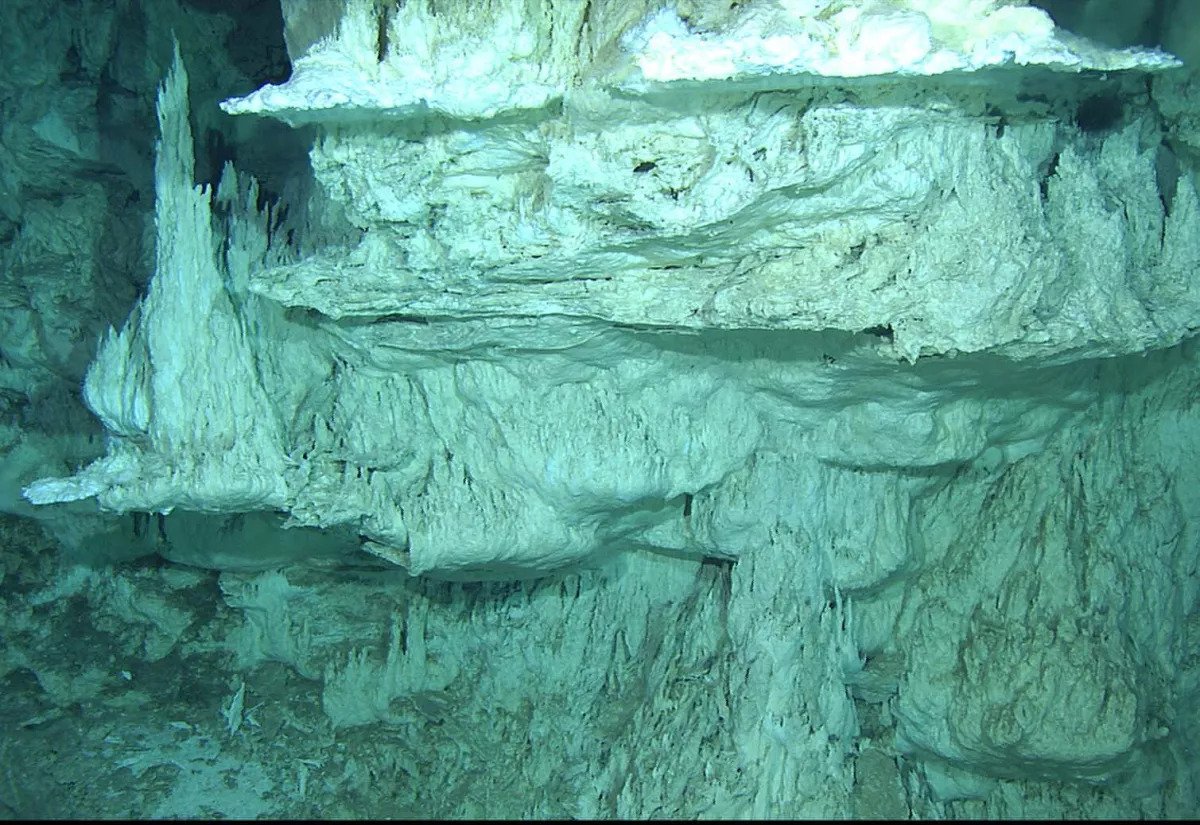The bacteria Sulfurimonas pluma was found in the seafloors of underwater volcanoes. Unlike its relatives, it can withstand not only hellish conditions, but also oxygen-enriched waters. Therefore, it could easily be found in the oceans of Europa and Enceladus.

New extremophilic bacteria
Scientists from the Max Planck Institute of Marine Biology in Germany have discovered a new extremophilic bacteria Sulfurimonas pluma on the ocean floor. Microorganisms similar to it are quite common in hot volcanic springs at great depths. Usually they are considered as living beings who could survive under the ice of the moons of giant planets, where, according to scientists, similar conditions may exist.
Usually extremophilic organisms live in the hottest spring. There, in the absence of oxygen, they draw energy from chemical reactions of sulfur-containing compounds. Sulfurimonas pluma differs from them in that oxygen is not a deadly poison for it. Therefore, it can exist at a considerable distance from volcanic springs, where there is a lot of it in the water.
A number of genetic changes help it in this, not only making it resistant to oxygen, but also learning how to extract energy from many sources. The main one of them is hydrogen. Due to this, the bacteria multiplies mainly in seafloors that are very far from the source.
Europa and Enceladus
Scientists have long expected that natural hydrothermal vents should be the main source of energy in the subglacial oceans of Europa, Enceladus and other icy moons of giant planets. There, in the conditions of complete absence of light, organisms similar to our terrestrial extremophiles can exist.
However, volcanoes are located at great depths and it is not so easy to find them. Seafloors of water saturated with heat and chemical compounds first rise vertically from them, and then gradually acquire a horizontal direction.
Until now, it was believed that life could be detected only in the vertical component of these seafloors. After all, the oceans of Europa are saturated with oxygen, and all the extremophiles known at that time could not stand it. However, with the discovery of Sulfurimonas pluma, it became known that alien bacteria could be found in much larger volumes of water.
Scientists hope that these organisms will be discovered by future missions that will search for life beyond Earth, including NASA’s Europa Clipper, which will be launched in 2024 to study Europa’s suitability for life, and Enceladus Orbilander, which will look for signs of life on the surface of the Moon.
According to www.space.com
Follow us on Twitter to get the most interesting space news in time
https://twitter.com/ust_magazine

